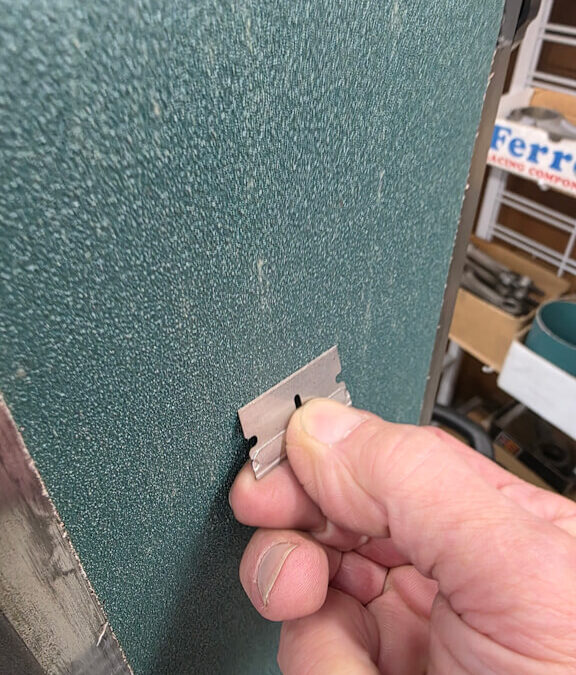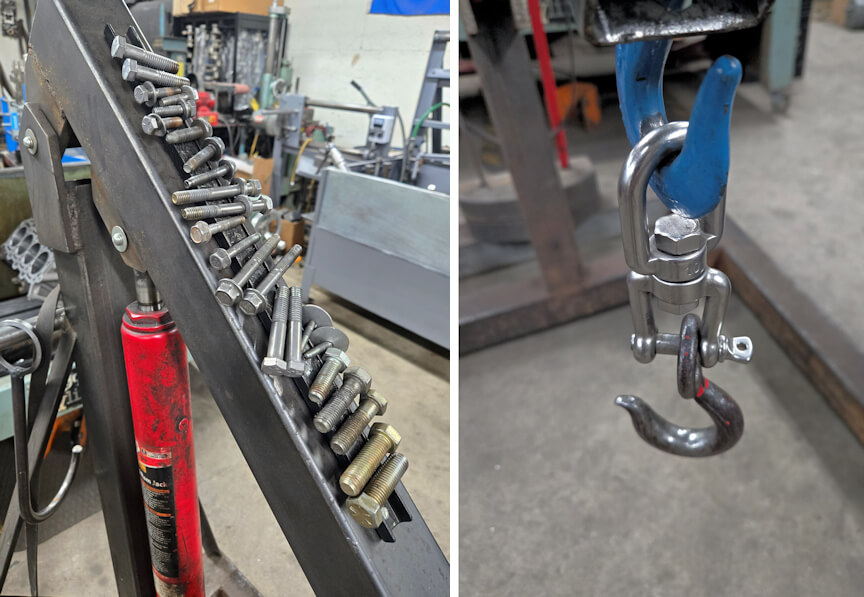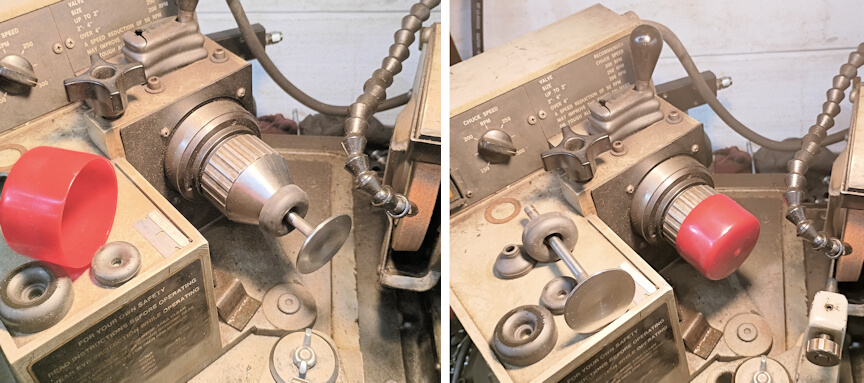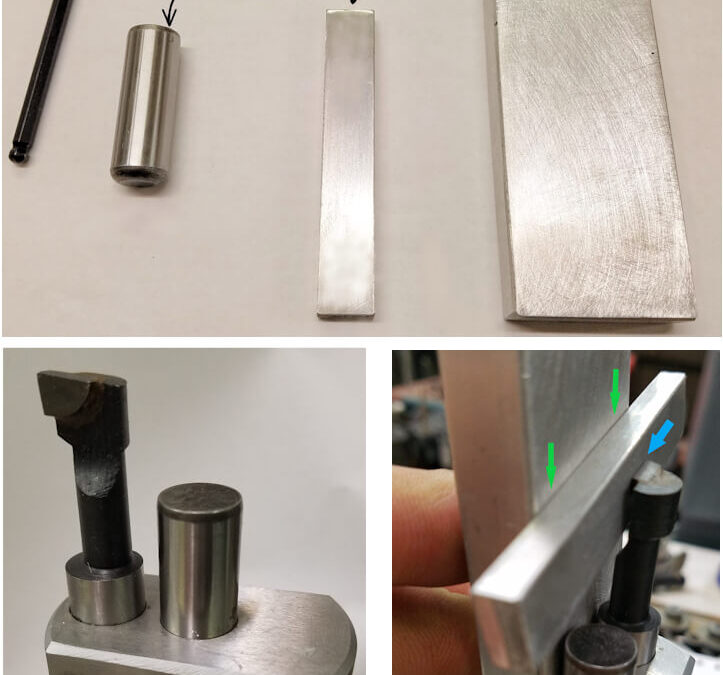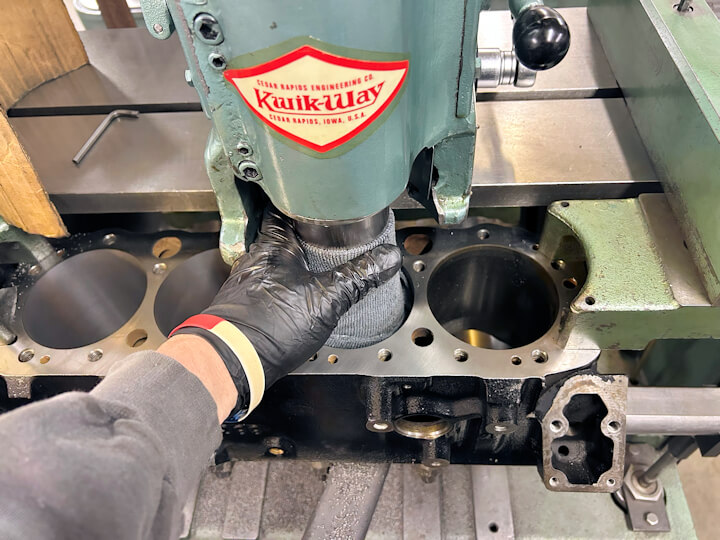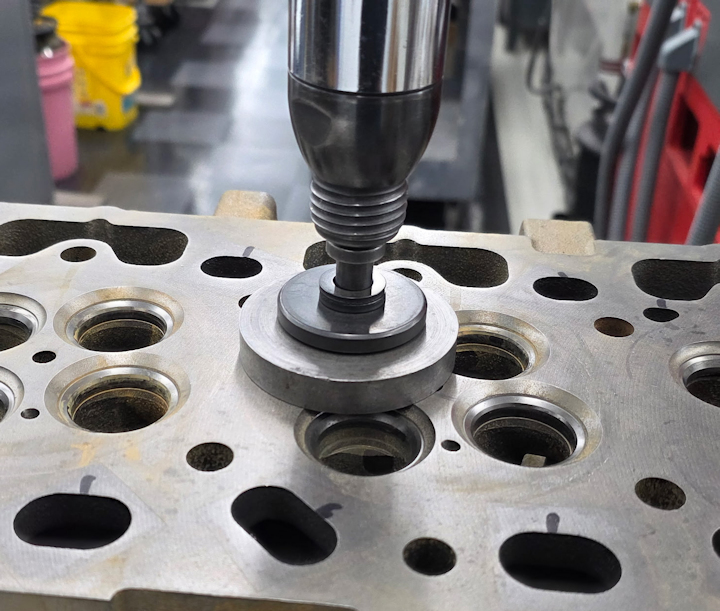Cutting rope rear main seals to length can be tough. I drag a new razor blade over 60-grit sandpaper to give it some teeth. This makes cutting much easier, and I leave a small projection, a crown, if you will, for a good seal at the parting line. Randy Torvinen...
